Out of the Inkwell
8 /10 1 Votes
Country United States | ||||||||||||||||||||||||||||||||||
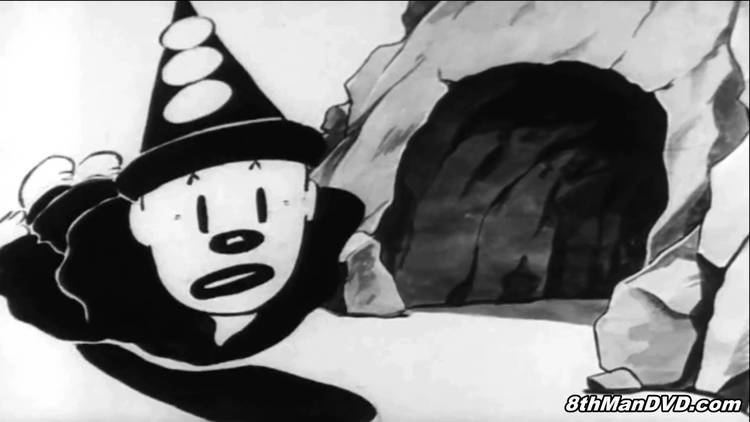 | ||||||||||||||||||||||||||||||||||
Director Max FleischerDave Fleischer Release date 1918–1929 | ||||||||||||||||||||||||||||||||||
Out of the inkwell bubbles 1922 remastered hd 1080p
Out of the Inkwell was a major animated series of the silent era produced by Max Fleischer from 1918 to 1929. The series was the result of three short experimental films that Max Fleischer independently produced in the period of 1914–1916 to demonstrate his invention, the Rotoscope, which was a device consisting of a film projector and easel used as an aid for achieving realistic movement for animated cartoons. The Rotoscope would project motion picture film through an opening in the easel, covered by a glass pane serving as a drawing surface. The image on the projected film was traced onto paper, advancing the film one frame at a time as each drawing would be made. Fleischer's younger brother Dave Fleischer was working as a clown at Coney Island, and served as the model for what was to become their first famous character that later evolved as "Koko the Clown."
Contents
- Out of the inkwell bubbles 1922 remastered hd 1080p
- Out of the inkwell modeling 1921 remastered hd 1080p
- Plot
- The Bray Studio Years 19181921
- Inkwell Studio Out of The Inkwell years 19211926
- Inkwell Imps 19271929
- Betty Boop 1933 1934
- References
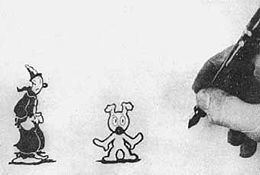
Out of the Inkwell began at the Bray Studio as a monthly entry in The Bray Pictorgraph Screen Magazine produced for Paramount from 1918, and later for Goldwyn from 1920 to 1921. In that same year, The Fleischer brothers started their own studio, and in 1923, the clown who previously had no name came to be known as KO-KO when animation veteran Dick Huemer became the new Director of Animation. Huemer, who began his animation career with the Mutt and Jeff cartoons in 1916, brought the influence of the short and tall companions to Out of the Inkwell with the creation of a small canine companion named Fitz, who would later evolve into Bimbo in the sound era. Huemer redesigned the clown for animation, which reduced the Fleischer's dependency on the Rotoscope for fluid animation. He also defined the drawing style with his distinctive inking quality that the series was famous for. But it was the interaction of the live action sequences with the artist/creator, Max Fleischer and his pen and ink creations that was the foundation of the series. Typically, the cartoons start out with live action showing Max drawing the characters on paper, or opening the inkwell to release the characters into "reality."
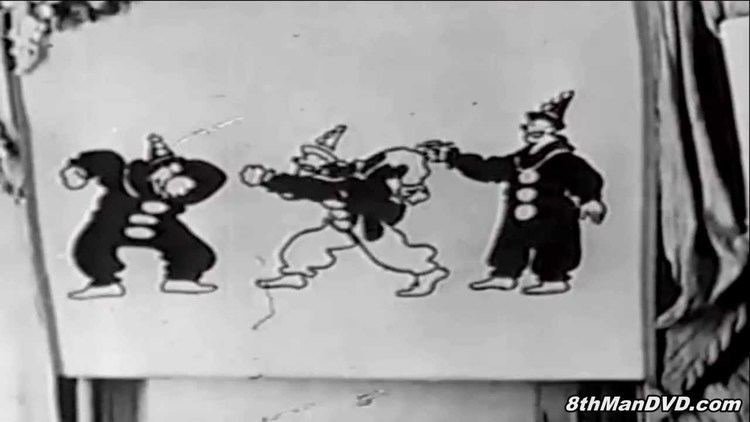
The Out of the Inkwell series ran from 1918 to mid 1927, and was renamed The Inkwell Imps for Paramount, continuing until 1929. In all, 62 Out of the Inkwell and 56 Inkwell Imps films were produced within 11 years. The Inkwell Imps series was replaced by the "Talkartoons" in 1929, and Koko was retired until 1931, appearing as a supporting character with Bimbo and Betty Boop. Koko's last theatrical appearance was in the Betty Boop cartoon, Ha-Ha-Ha (1934), which was a remake of the silent Out of the Inkwell film, The Cure (1924). Koko had a brief cameo in his only color theatrical appearance in the "Screen Song" entry, Toys will be Toys (1949).
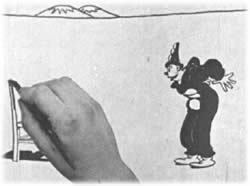
In 1950, Stuart Productions released a number of the Inkwell Studios Out of the Inkwell cartoons, and a selection of the Paramount Inkwell Imps cartoons to television. In 1955, the Inkwell Imps, along with 2,500 pre-October 1950 Paramount shorts and cartoons were sold to television packagers, the majority acquired by U.M. & M. TV Corporation.
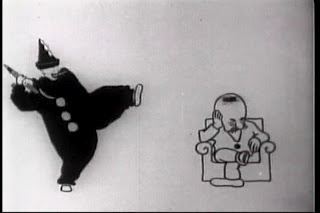
In 1958, Max Fleischer reactivated his studio in a partnership with Hal Seeger, and in 1960 produced a series of 100 Out Of The Inkwell five-minute cartoons. In the new color series, KoKo had a clown girlfriend named KoKette and a villain named Mean Moe. Larry Storch provided the voice for KoKo and all of the supporting characters.
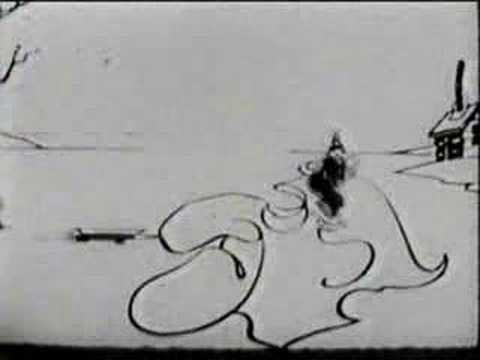
Out of the inkwell modeling 1921 remastered hd 1080p
Plot
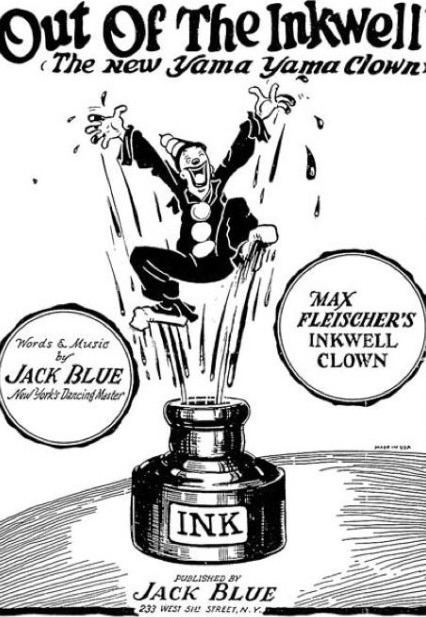
The series is the result of three experimental short films Max Fleischer produced independently in the period 1914-1916 to demonstrate his invention, the rotoscope, which was a device made up of a movie projector and a stand used as an aid to obtain realistic movements in cartoons . The rotoscope projected a film film through an opening in the stand, covered by a glass plate acting as a design surface. The image on the projected film was drawn on paper, advancing the film one frame at a time as each drawing was made. Brother Dave Fleischer was working as clowns at Coney Island, and served as a model for what would become their first famous character, Koko the Clown.
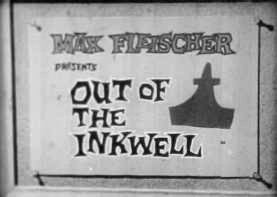
Out of the Inkwell was started at Bray Productions as a monthly release at The Bray's Pictorgraph Screen Magazine produced for Paramount Pictures from 1918 to 1920 and later for Goldwyn Pictures in 1921. In the same year, Fleischer brothers opened their studio, And in 1923 the clown who had previously no name began to be known as Ko-Ko when veteran animator Dick Huemer became the new director of animation. Huemer, who started animating with the Mutt and Jeff series in 1916, brought the influence of that series into Out of the Inkwell and created a small canine partner named Fitz. Huemer also redesigned the clown for animation and brought the Fleischer away from their dependence on the rotoscope. He also defined the design style with its distinctive inking quality for which the series was famous.
But it was the integration and interaction of live action sequences featuring Max Fleischer who spun the series. Generally, cartons begin live action by showing Max who begins his day. He begins to draw characters on paper, or open the inkwell and they come out and interact with reality. An image of Ko-Ko at The Chinese Restaurant (1927) of The Inkwell Imps series, with Koko il Clown and Fitz the Dog.
The Out of the Inkwell series lasted from 1918 to 1926, the following year was renamed The Inkwell Imps for Paramount and continued until 1929. Fleischer continued in the series, acting as an actor, producer, screenwriter and animator for his studio Out of The Inkwell Films, producing 62 episodes of Out of the Inkwell and 56 by The Inkwell Imps. Although the Inkwell Imps series was replaced by Talkartoons in 1929, Koko il Clown returned in 1931 as a supporting character with Bimbo and Betty Boop. Koko's latest cinematic appearance was in the hilarious Betty Boop Gas cartoon (1934), which was a remake of The Cure (1924) of this series. Koko had a short cameo in his only color film appearance in the episode of Screen Songs Toys will be Toys (1949).
In 1955, short films of the Out of the Inkwell series, together with another 2500 Paramount pre-1950 shorts, were sold to television, the majority acquired by U.M. & M. TV. Corp. In 1958 Max Fleischer activated a new study in a partnership with Hal Seeger, and in 1960 produced a television series called Out of the Inkwell, consisting of 100 episodes of five minutes each. In the new color series, KoKo had a clown girl named KoKette and an antagonist named Mean Moe. Larry Storch dubbed KoKo and all the supporting characters. Much of the shorts in the original series are now in the public domain.
